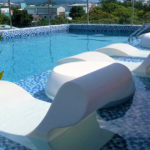“What stands out…our hospitality and warmth, our ability to speak English and the natural beauty of the Philippines.”
–Jose C. ‘Jojo’ Clemente III, Rajah Tours Philippines Inc., President, Tourism Congress of the Philippines
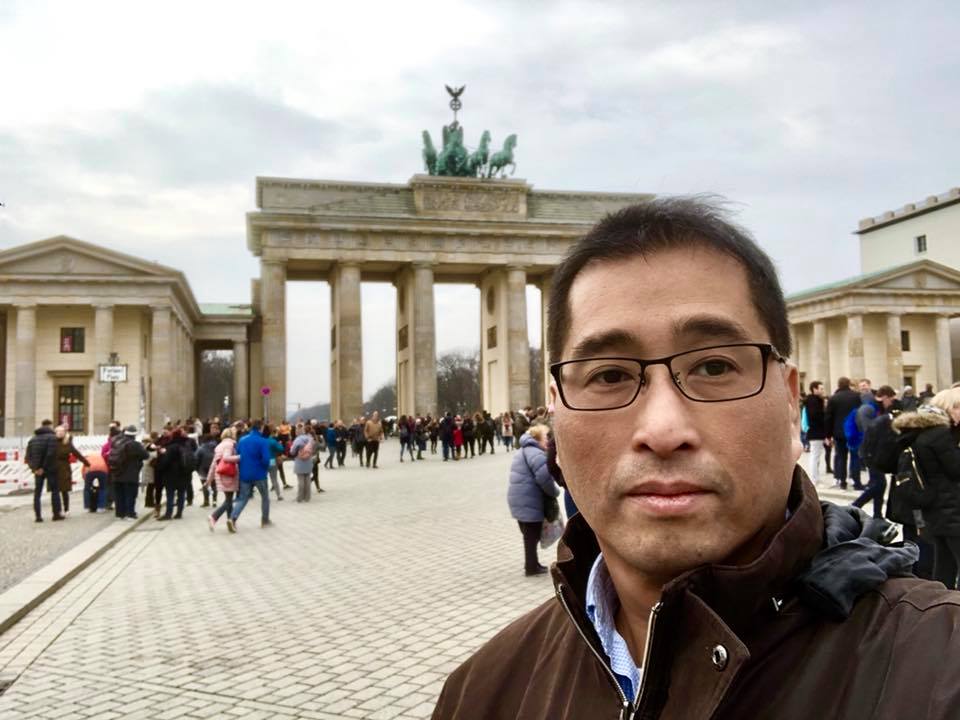
The Philippines Tourism Industry is booming! Largely due to the beautiful beaches, leisure lifestyle, the warm hospitality of Filipinos and a real marketing push from the Department of Tourism. In 2018, the top 3 international tourism markets to the Philippines; Korea, China and the United States, along with nearby Japan and Australia combined, topped a mind-boggling 4.7 million guests. More than half of the total 7.1 million International tourists.
According to a report from the National Statistical Coordination Board (NSCB), which estimated the spending habits and levels of international guests, as well as domestic tourists, these 4.7 million international tourists collectively spent an estimated $400 to $560 million –per day!
Note: with the highly-successful “More fun in the Philippines!” tourism campaign re-launched and improved, expanded travel routes within the country, and an increased sense of tourist confidence due to the extensive work by the Department of Tourism (DOT) to promote the country and implement DOT Accreditation as mandatory across the Hospitality sector, the tourism spending at-large is expected to have increased in the recent census.
Also worth noting, around 60-75% of the daily international tourism money is spent in the hospitality industry throughout the country: around 25% on food, 25% accommodations, another 25% on shopping with the last 25% spread between transportation, tips, gifting and miscellaneous cash expenses, such as street food, grooming, goods and leisure activities.
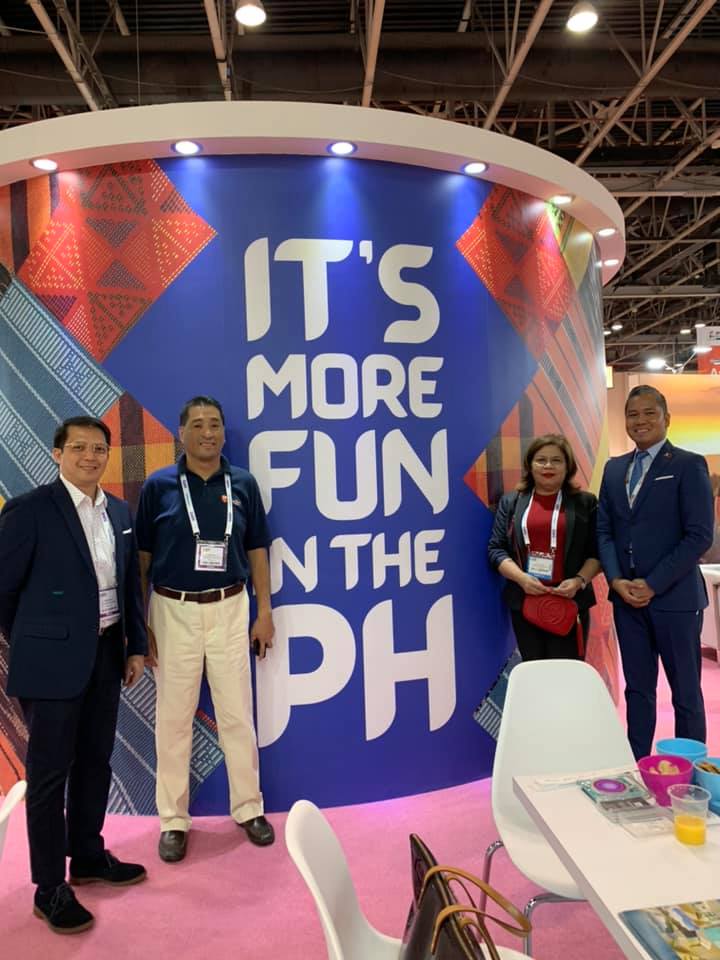
In addition, local Filipino tourism and Balikbayans/OFW’s account for nearly the same amount of tourism spending. However, they are more-likely to save on lodging by staying with family and friends. Boosting grocery sales, local, historical and provincial destinations, automobiles, gasoline and of course long-term family financial support; such as tuitions, medical, small businesses and real estate/land ownership investments.
We wanted to get insights on the future of Philippines Tourism. We had one big question in mind, “What are the Philippines plans for Tourism and Hospitality in the next 5 years?”
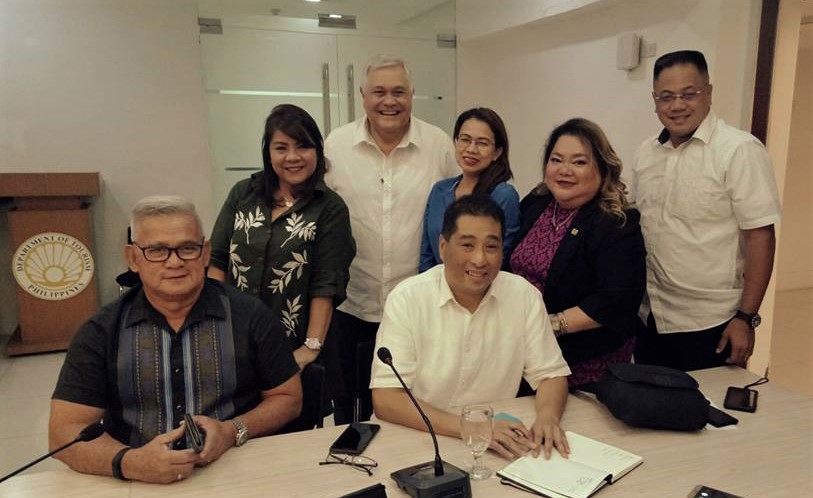
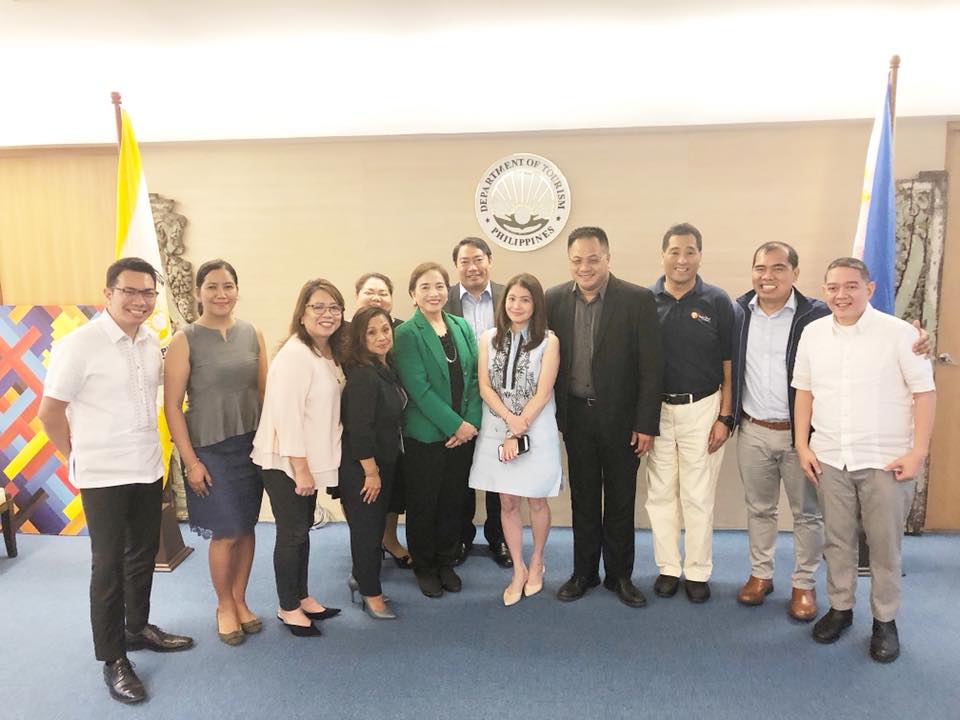
Jojo Clemente is the President of Rajah Tours Philippines, a company launched by Jojo’s mother, and three other people, back in 1972, which initially specialized in the Hong Kong market.
A Tourism Congress Philippines (TCP) Member, Jojo was elected as its President in January 2018. The TCP is the private sector consultative body of the national government for the formulation of tourism policy, as per The Republic Act 9593.
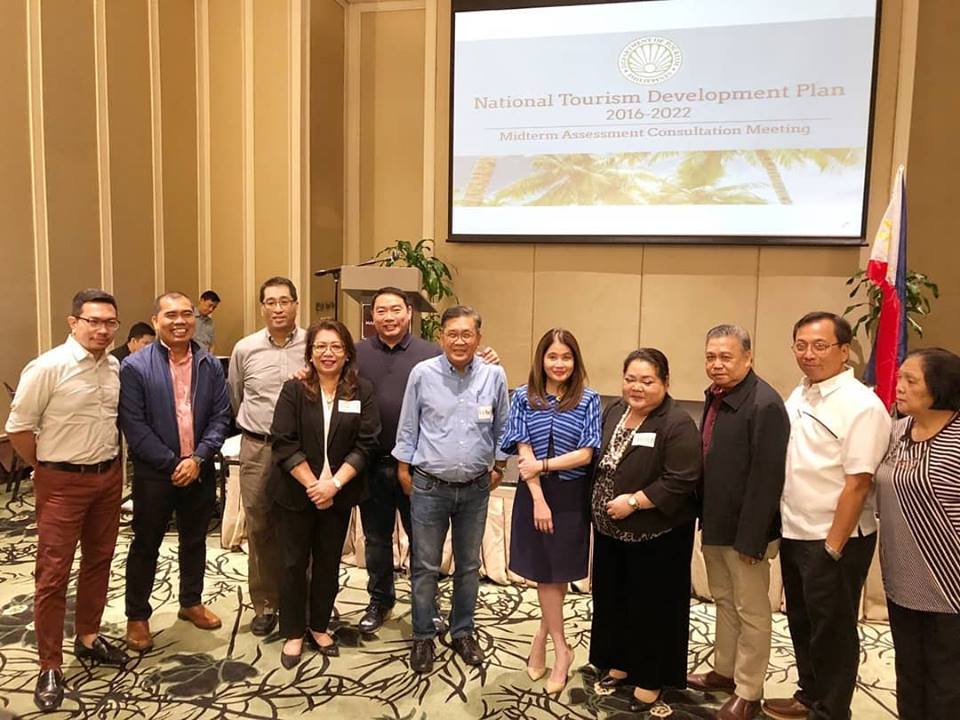
We spoke with Jojo about the role of the TCP and the emerging plans for Tourism in the Philippines.
RANGGO:
What is the role of the Tourism Congress of the Philippines?
Jojo:
In a nutshell, the role of the Tourism Congress of the Philippines is to act as the tourism Stakeholder Consultative Body, to the National Government, with regard to the formulation of tourism policy. The TCP was created by the Tourism Act, or R.A. 9593.
RANGGO:
What are the backgrounds of the members of TCP?
Jojo:
The 120 members are representatives of establishments or businesses which are Department Of Tourism Accredited. The Board of Trustees is composed of representatives from the different tourism sectors such as accommodation, transportation, tourism estates and tour operators from Luzon, Visayas and Mindanao.
RANGGO:
What do you think are the biggest changes in tourism in the Philippines over the last 10 years?
Jojo:
There have been so many changes and trends in the past 10 years, that you can take your pick. For me, one of the biggest game changers has been how easy it is now to get around the country, than it was before. The limited routes in the past made the Philippines a hard destination to sell as people had to backtrack to Manila to get to the other parts of the country. However, with the entry of new aviation players, travelling around the country has now become easier and has opened up new possibilities on how we can package tours around the country.
Another big change is the perception of the Philippines as a whole. When I first started, there was always this concern that the Philippines was a very dangerous country for tourists. Through the years, we have been able to pretty much erase this stigma by coming up with a clever tagline, and we have presented ourselves as a viable destination. Now we have new markets, which previously wouldn’t touch us with a ten-foot pole, lining up to come to the Philippines.
RANGGO:
What are the drives for the TCP in the next 5 years?
Jojo:
One of the things we have been really focusing on is for the stakeholders to have more of a say in what government does as far as tourism is concerned. Whereas in the past, government just imposed policies and regulations without consultation, we are now being involved somewhat in the decision-making process. Granted there is still much left to be desired but it’s a good starting point. We are also aiming for more participation in the Department Of Tourism’s formulation of programs, and to have a collaborative relationship.
Another priority is to further enhance the skills of the tourism industry workers. Education is a never-ending process and it is our aim to introduce programs for our industry workers to learn best practice from successful destinations and organizations.
RANGGO:
What destinations do you think are ‘up and coming’ or will feature more in the TCP and Department of Tourism’s marketing?
Jojo:
The places we have been looking at are Dumaguete, Siquijor, Iloilo and Clark.
RANGGO:
Why have these destinations been chosen; were they already emerging markets or are there things that the TCP and DOT feel would be attractive to Tourists?
Jojo:
We need to have more destinations within the Philippines to disperse the over-tourism being done to the more established areas already. More importantly, it will also spread the benefits of tourism to the other parts of the country and to our people. We need to introduce new areas and activities to the market to ensure repeat visits to the Philippines.
Check out our article Siargao: An Exercise in Repeating Past Mistakes?
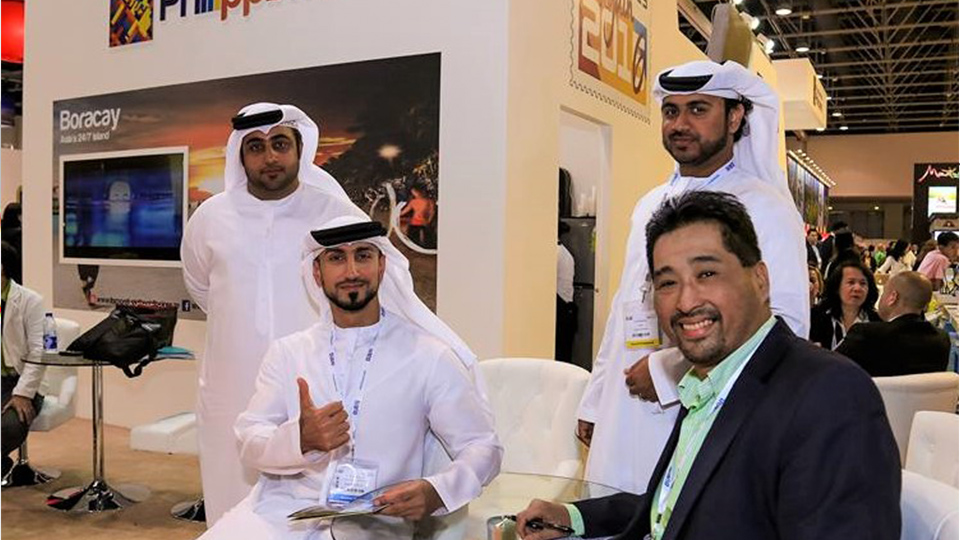
RANGGO:
How many international tourists are there visiting the Philippines each year?
Jojo:
In 2018, the Philippines welcomed around 7.1 million International visitors.
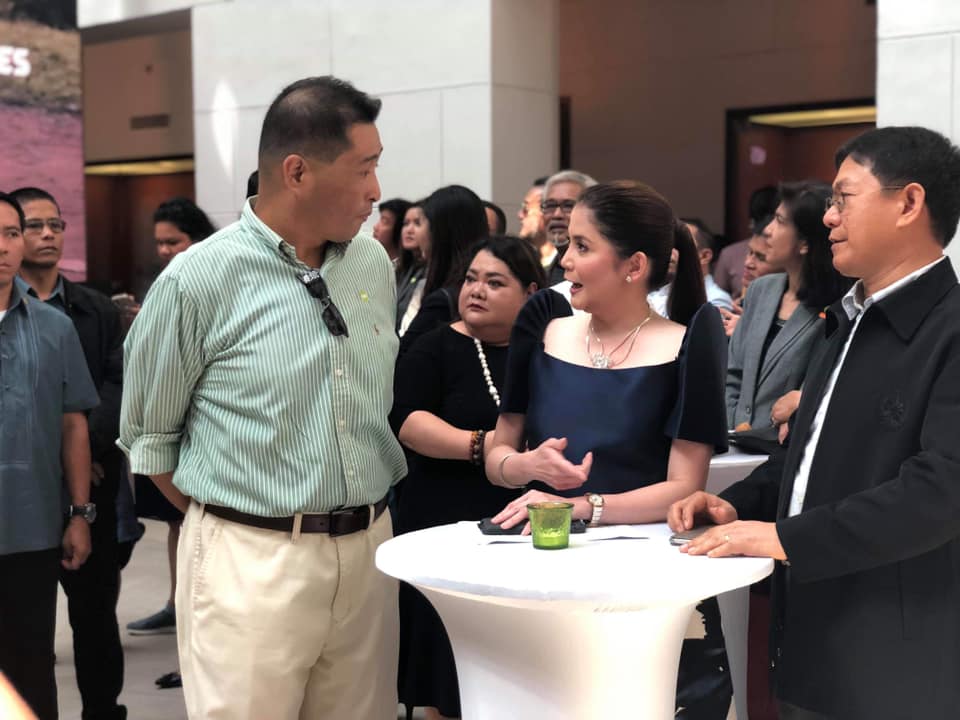
| Philippines Department of Trade and Industry: South Korea was the top tourism market with a 22.3% share of tourist arrivals; 1,587,959 visitors. China was second with 1,255,258 visitors, followed by the US with 1,034,396. Japanese tourist visits stood at 631,801 and tourists from Australia totaled at 279,821. In 2018, January saw the greatest number of tourist arrivals, whilst September saw the lowest number of International Tourist Arrivals. According to the Philippine Statistics Authority, local tourism is also expanding; they report that “Domestic tourism expenditure, which includes the expenditure of resident visitors within the country either as a domestic trip or part of an international trip, grew by 25.5%, from PHP 2,108.2 billion in 2016 to PHP 2,644.8 billion in 2017. Domestic tourism expenditure represents 22.8 percent of the household final consumption expenditure (HFCE) in 2017”https://psa.gov.ph/content/contribution-tourism-economy-122-percent-2017 |https://www.dti.gov.ph/resources/statistics/tourist-arrivals |
RANGGO:
What tourist markets are the TCP trying to attract?
Jojo:
As far as I can answer, we should always work to get a good balance of tourists from all segments. While we do wish to see more of the luxury tourists coming, we know that this is unrealistic. That said, we should be looking at attracting markets that can spend in the country while at the same time, respecting our destinations and behaving properly.
RANGGO:
Does the TCP give local tourists equal or more importance, or is the Boards role specifically focused on foreign tourists?
Jojo:
The TCP looks at all tourists, foreign or domestic, when recommending or giving its input regarding the National Tourism Policy.
RANGGO:
Do tourists visit and stay in Metro Manila for long?
Jojo:
Sadly, except for the Meetings market, Manila has just become a transit point for tourists coming to the Philippines. In the past, tourists may have stayed in Manila for about 5 days, on average. Now, the trend is for them to only stay around 2-3 nights at most.
RANGGO:
What are the top tourist spots in Metro Manila and what are the spots you wish more tourists would visit?
Jojo:
With regard to tourist spots, Intramuros is still the showcase as far as Manila is concerned. It is a vital attraction to showcase some of our history and culture. We have also been promoting some of our museums such as the National Museum, the Museum of Natural History, the Ayala Museum and others. There are also other attractions such as Corregidor and activities such as food and pub crawls that we are introducing.
RANGGO:
What 3 things do you think make the Philippines stand out in the tourism world?
Jojo:
What stands out are the following: our hospitality and warmth, our ability to speak English and the natural beauty of the Philippines.
RANGGO:
If you were to advise hotels or tour operators on how to be more attractive to tourists, what would you suggest?
Jojo:
To be more attractive to tourists, we have to play up how different we are from our Asian neighbors. The Philippines is unique in the sense that we are neither fully Asian nor fully Western in our outlook. We are very adaptable and naturally friendly. Our service levels need to be constantly upgraded especially in those developing destinations where tourism is only just starting to emerge. Great service levels are always appreciated and can make up for some shortcomings in terms of the facilities in those developing destinations.
Also, we need to focus on Sustainable Tourism, if we hope to continue welcoming visitors to our shores. If we allow our destinations to deteriorate we will fail to get people to visit, or return to visit, the Philippines. The environment is what makes our destinations desirable and protecting that will be in all our best interests.
You can learn more about Jojo, TCP and Rajah Tours by visiting:
Facebook.com/RajahToursPhilippines/
inquiry@rajahtours.com.ph
Teodoro M. Kalaw Sr St, 1000 Manila, Philippines
Tel: (02) 522 0541
We would also like to say congratulations to the entire new Tourism Congress of the Philippines officers who were sworn in by Secretary Wanda Tulfo-Teo, of the Department of Tourism (DOT).
· Jose
C. Clemente III, President, Rajah Tours Philippines Inc.;
· Rommel T. Gonzales, Executive Vice President, The Bellevue Resort Bohol;
· Ronald S. Ang, VP for Luzon, Misibis Resort and Hotel Management Inc.;
· Marisa D. Nallana, VP for Visayas, Philippine Exhibits and Themeparks Corp.;
· Nelia R. Arina, VP for Mindanao, One Corporate Grand Tours, Inc.;
· Orlando A. Ballesteros, Secretary, Ex-link Management and Marketing Services Corp.;
· Cynthia R. Mamon, Treasurer, Enchanted Kingdom, Inc.;
· Harry D. Morris, Public Relations Officer, Hijo Resources Corporation;
· Gilbert Remulla, Trustee, Island Cove Hotel and Leisure Park;
· Peter K. Tay, Trustee, Boracay Adventures Inc.;
· Henry P. Oyao, Trustee, Check Cars Transport System;
· Sandra G. Dy, Trustee, HAFTI Tours Inc.;
· Edgar C. Cases, Trustee, Malapascua Aquasport Corp.;
· Eileen E. San Juan, Trustee, Southland Events. Inc.;
· Lourdes S. Bibiit, Trustee, Sierra Yatti Transport; · Elpidio M. Paras, Trustee, UC-1 Corporation Dahilyan Adventure Park.




